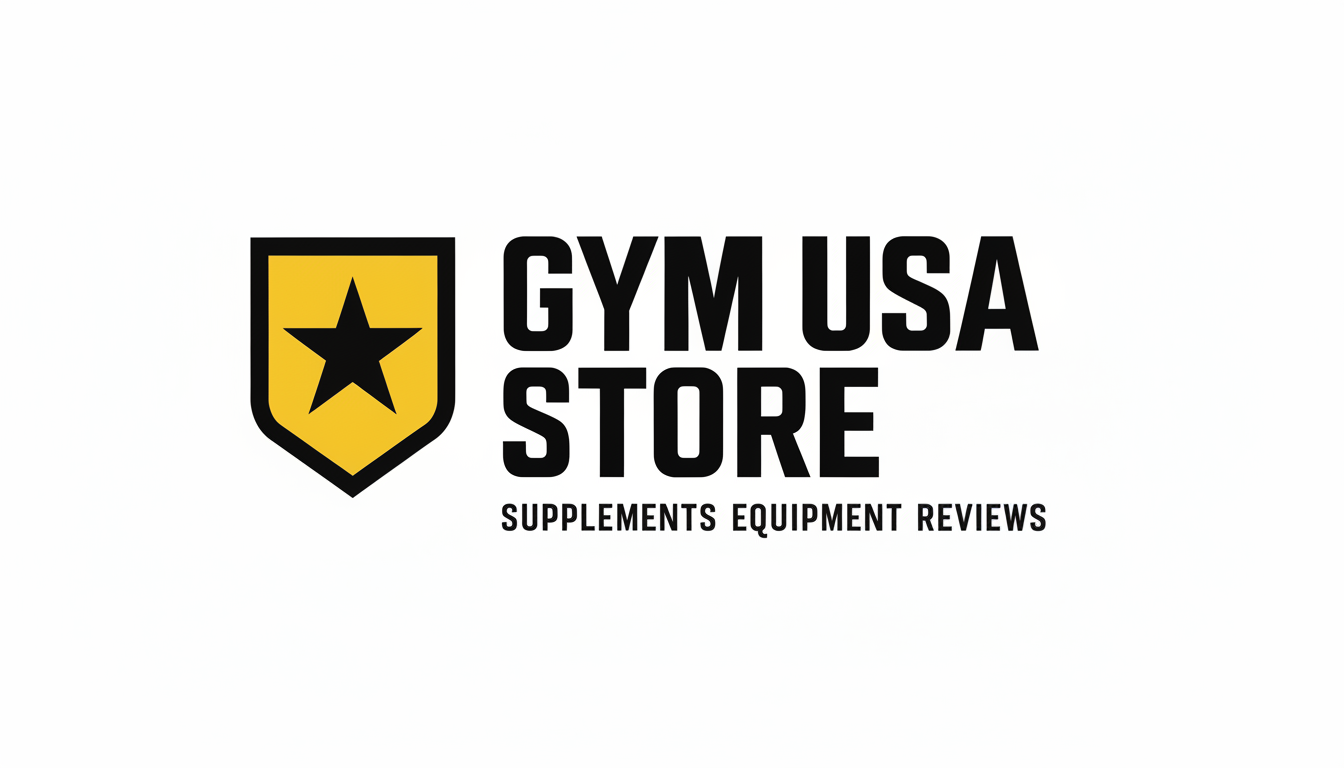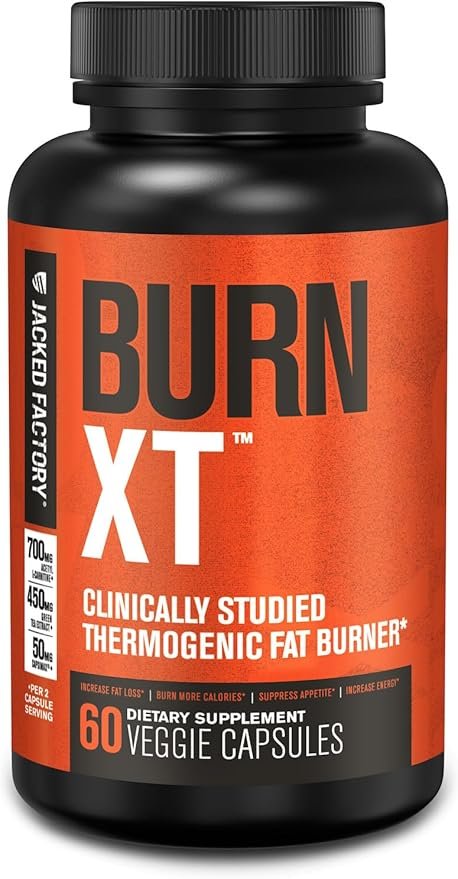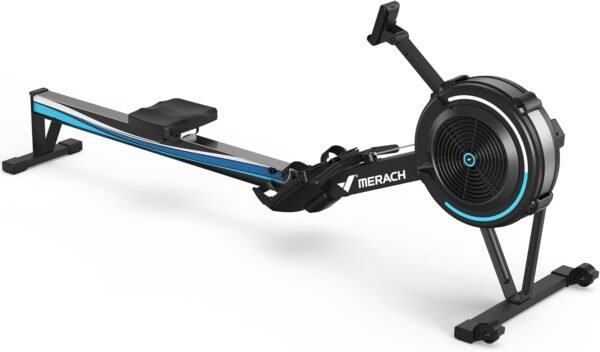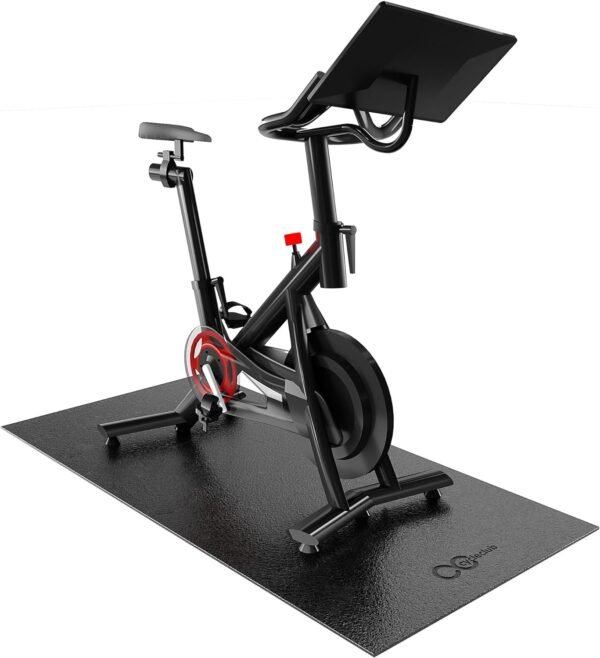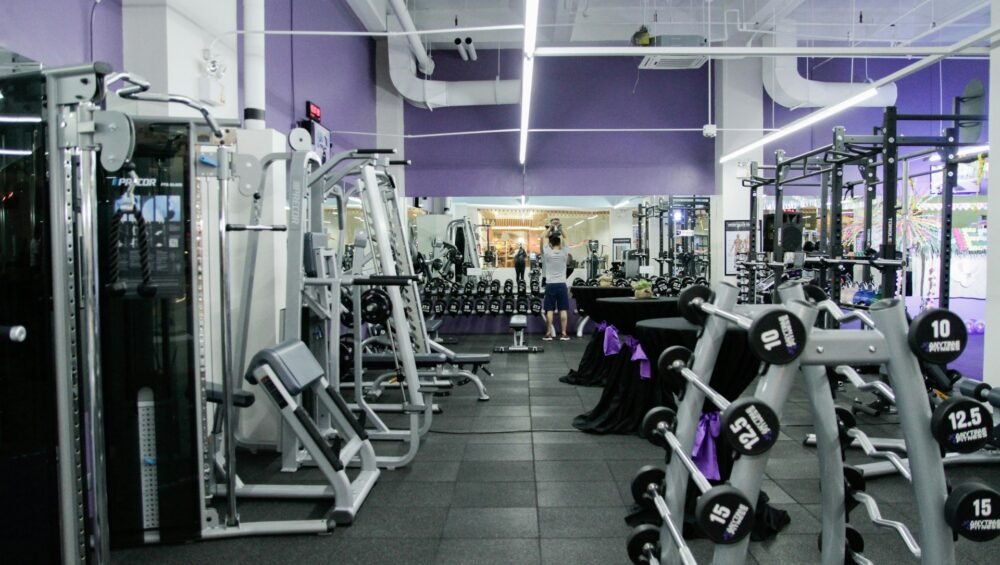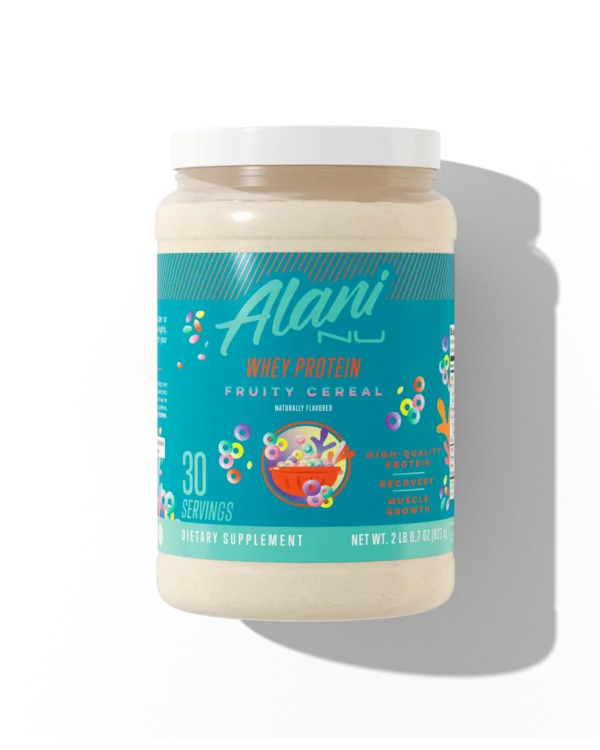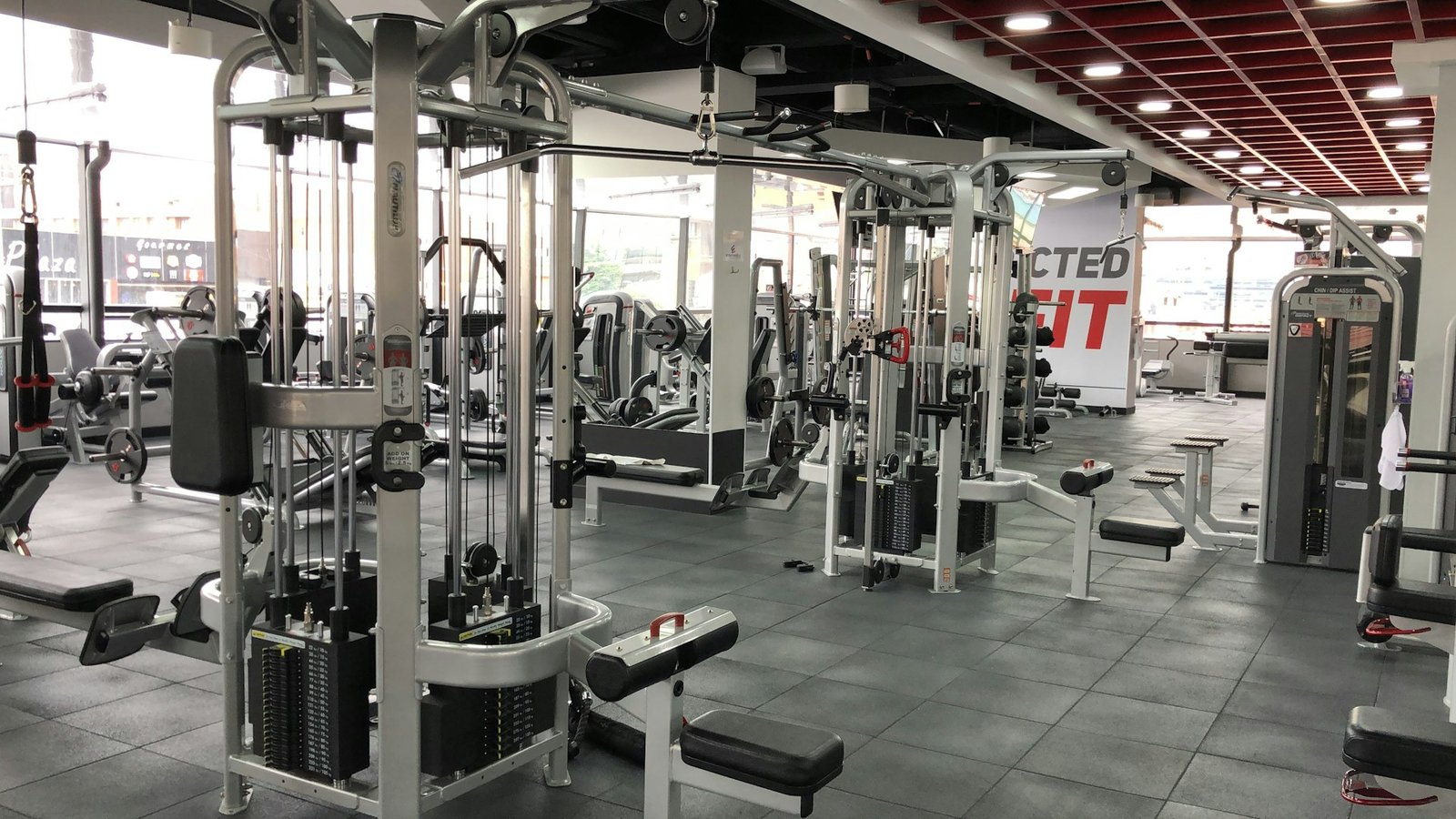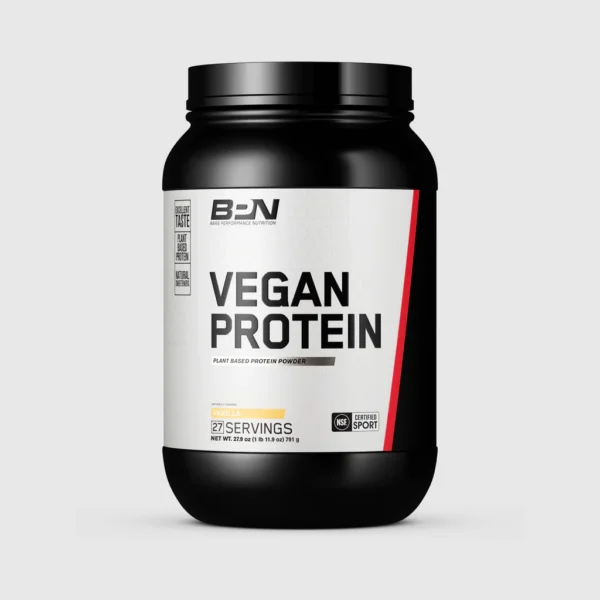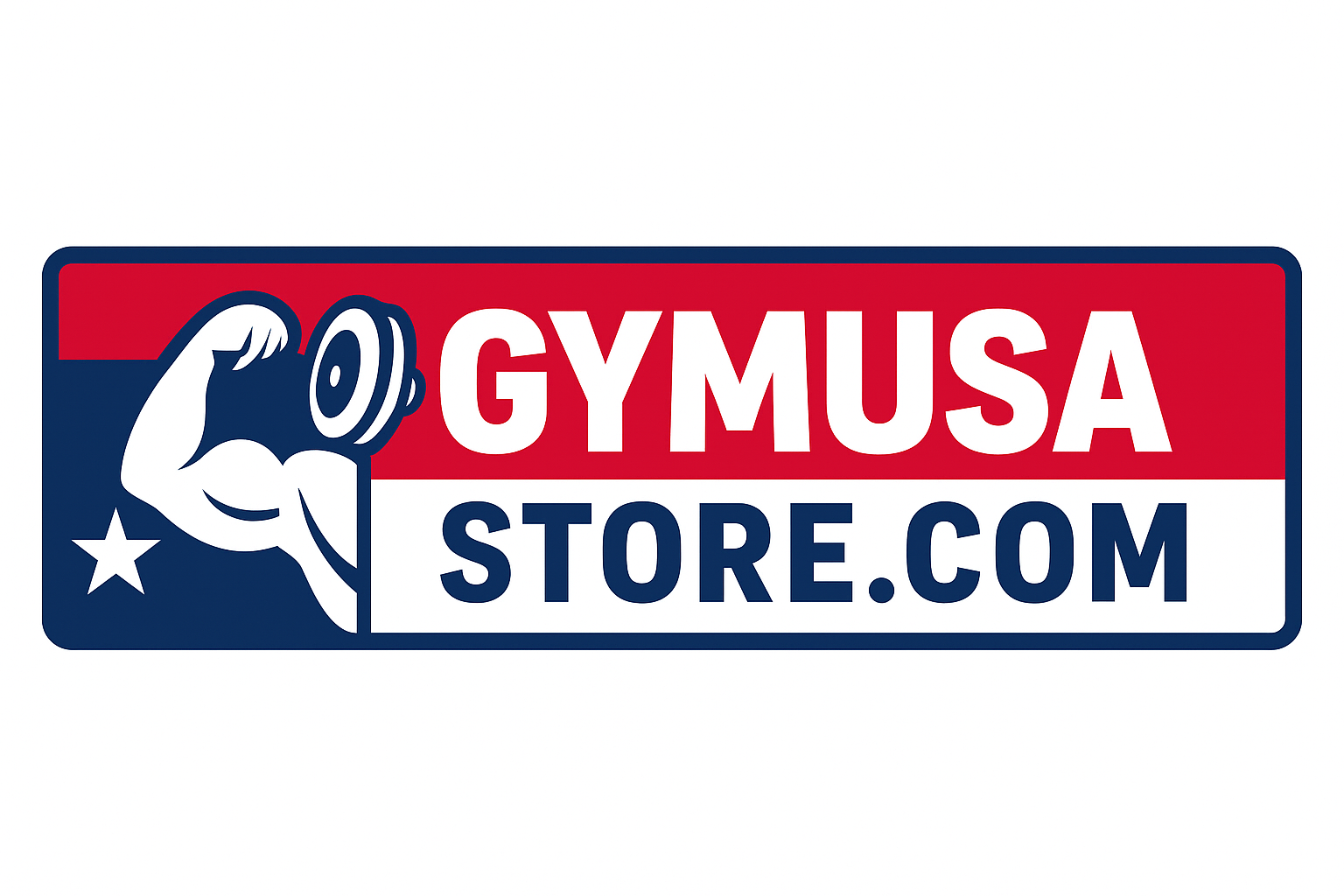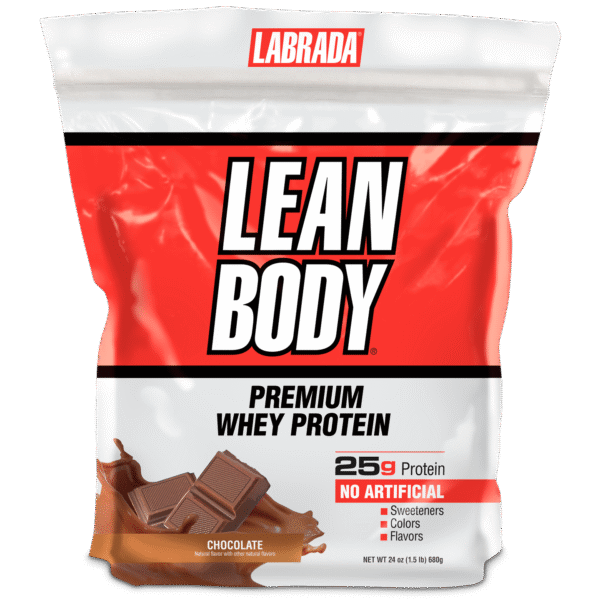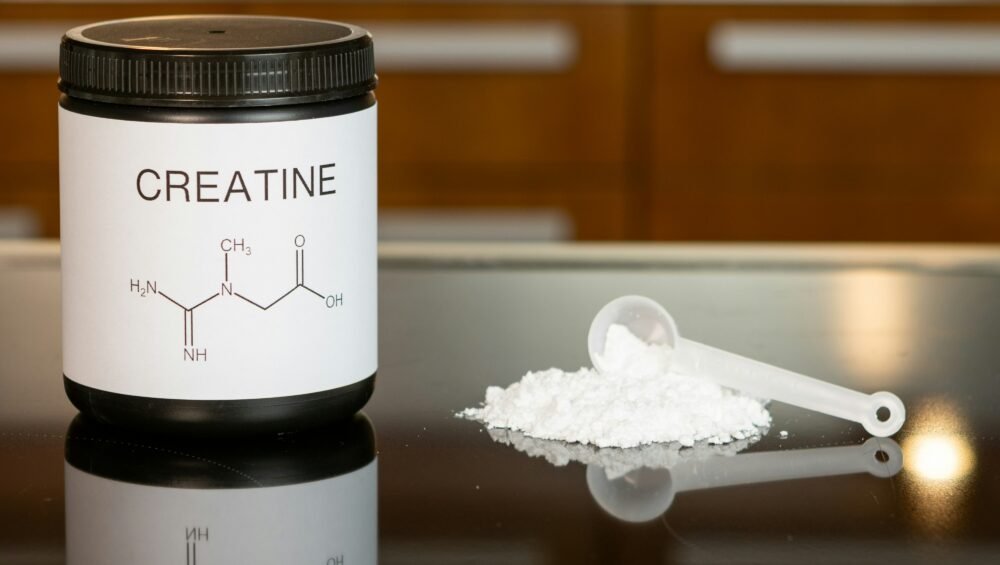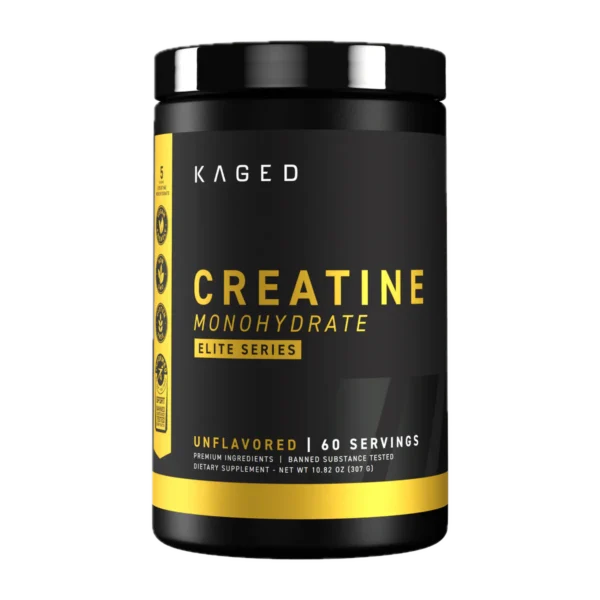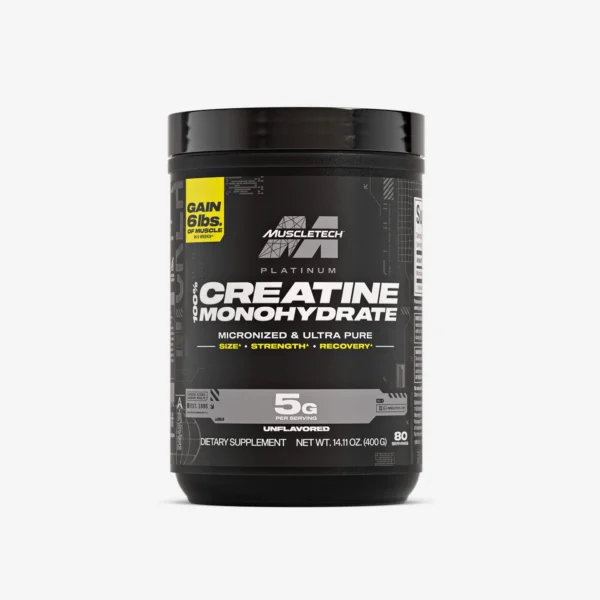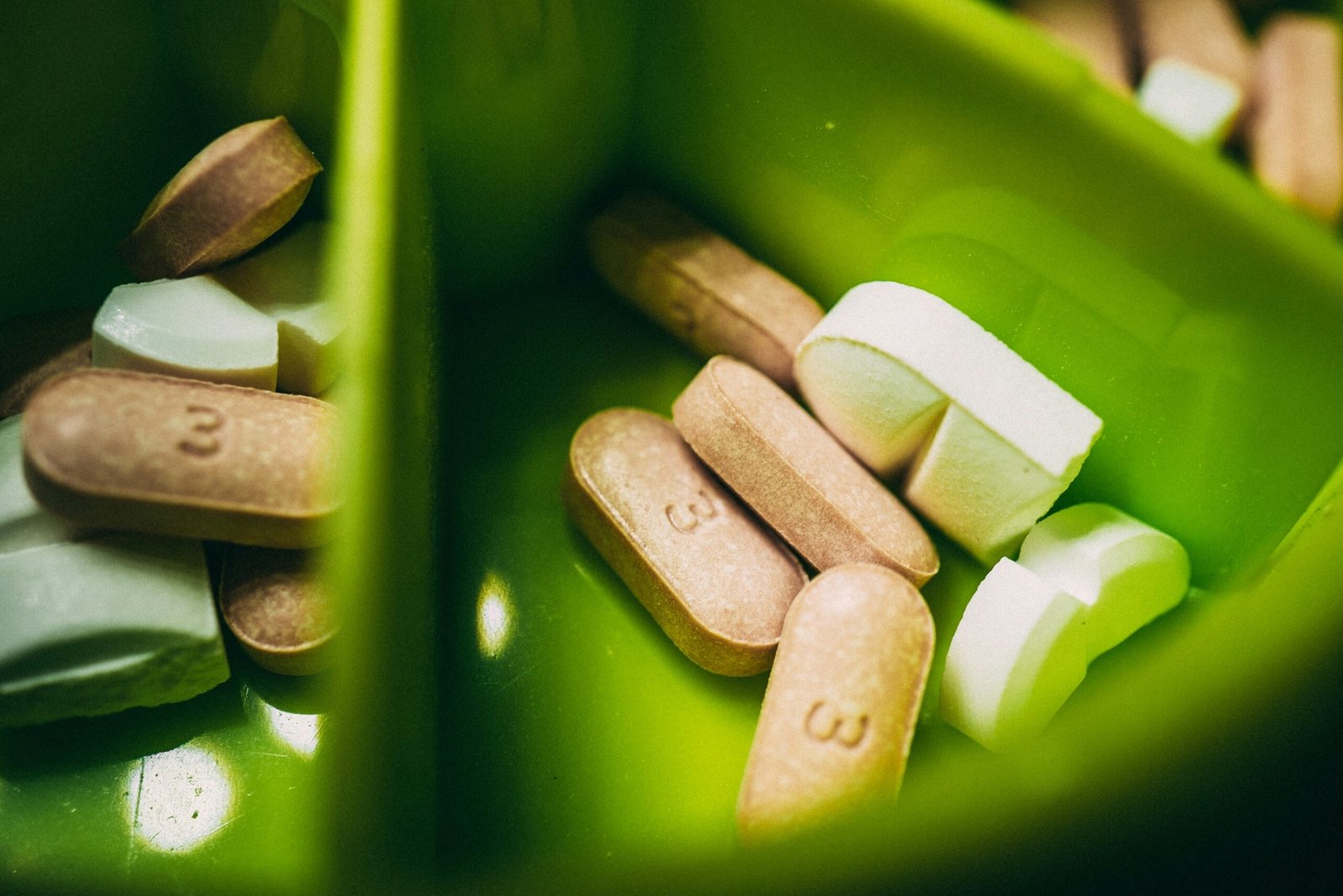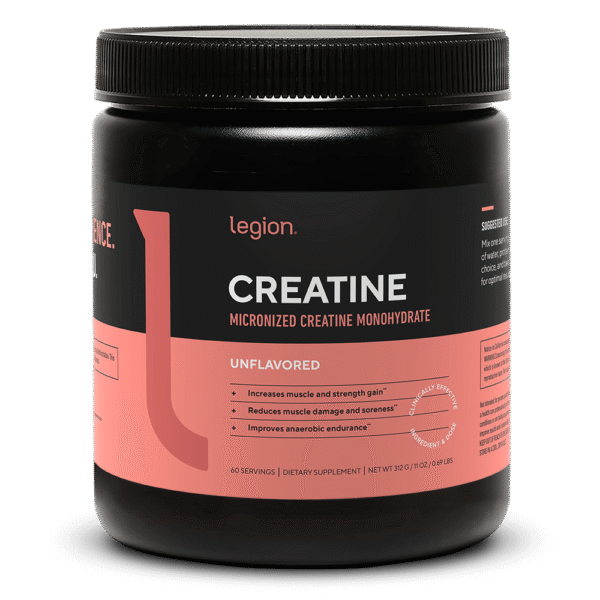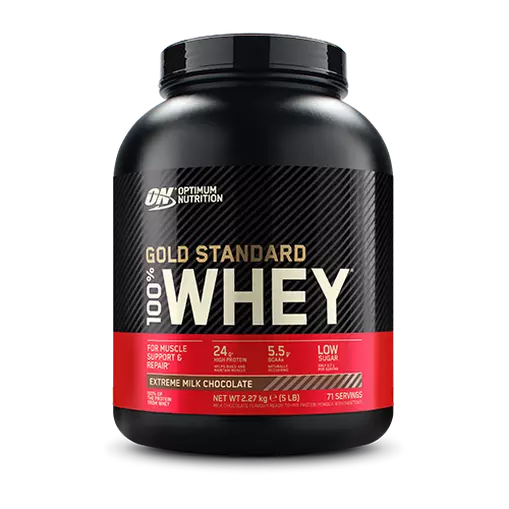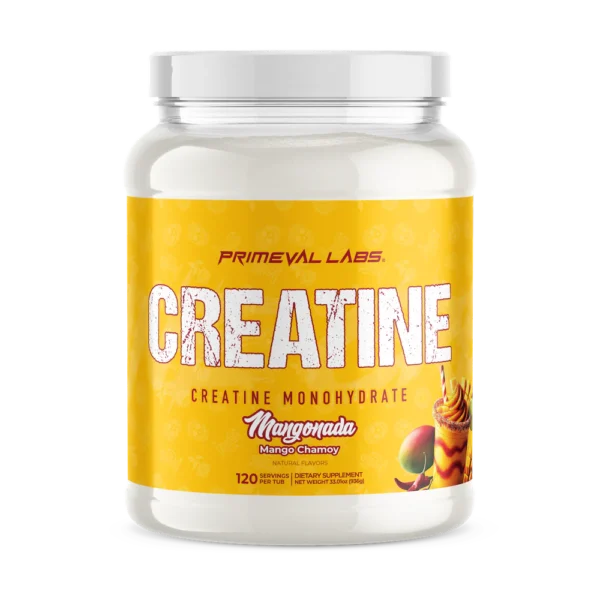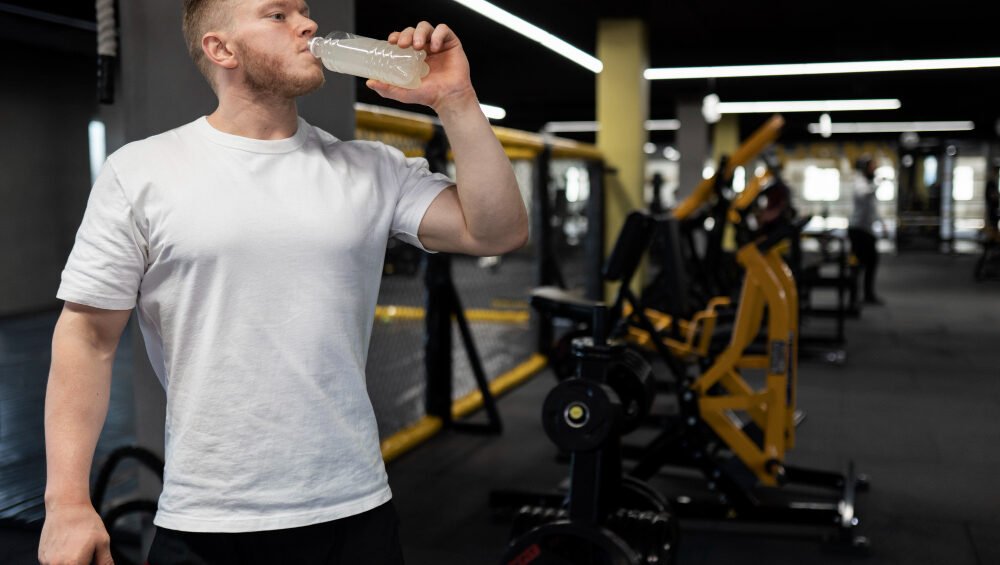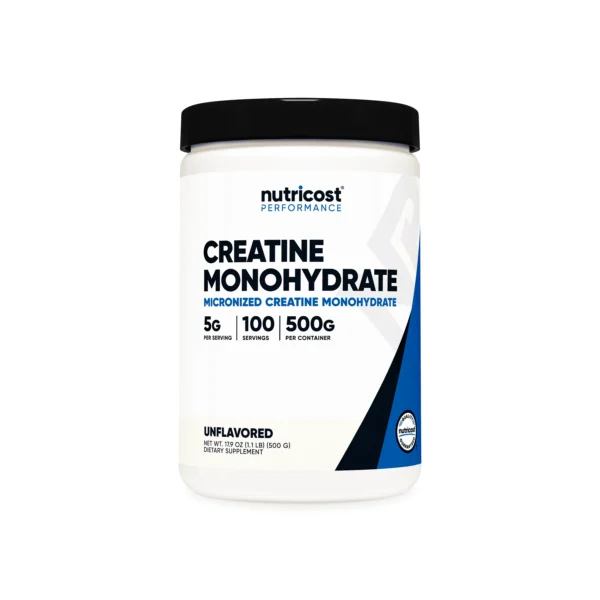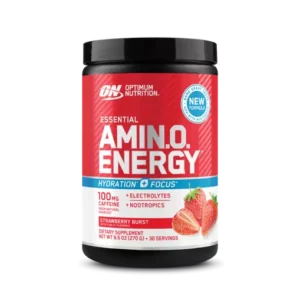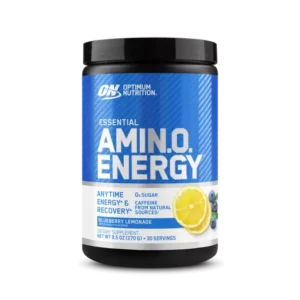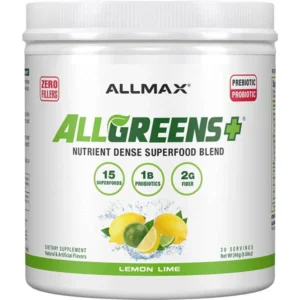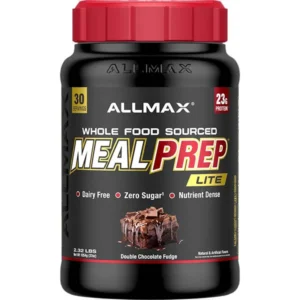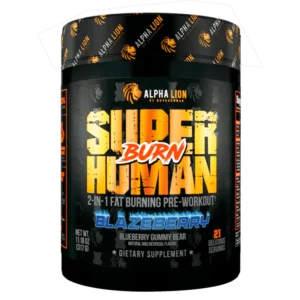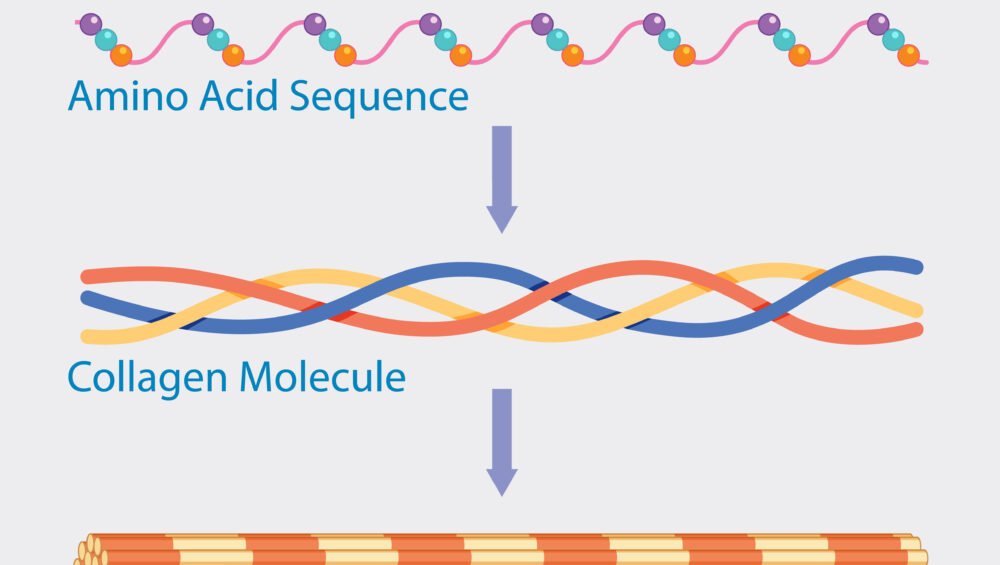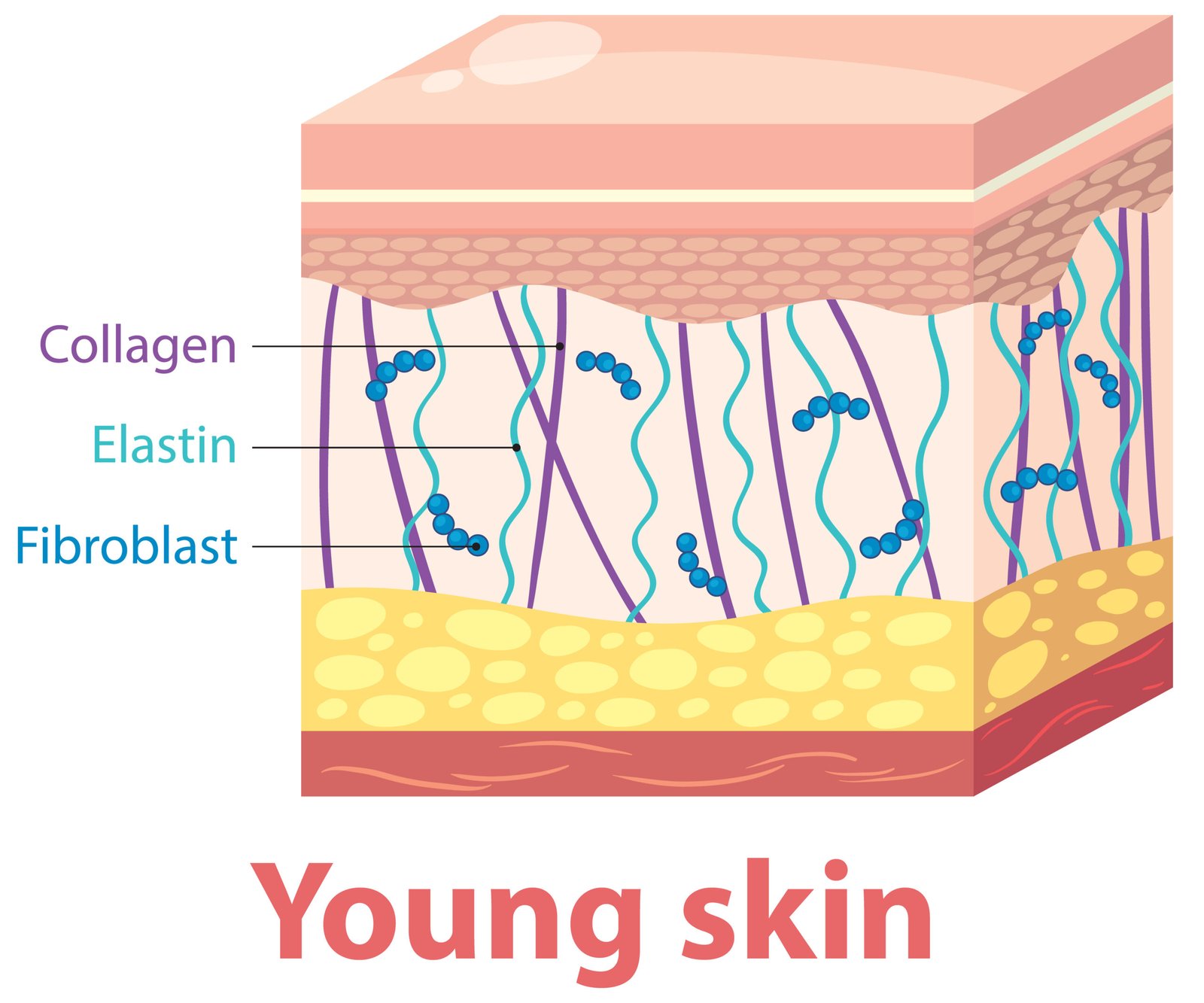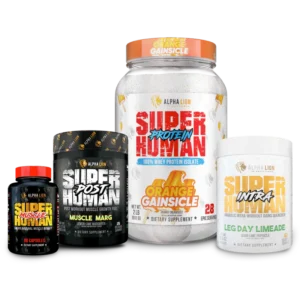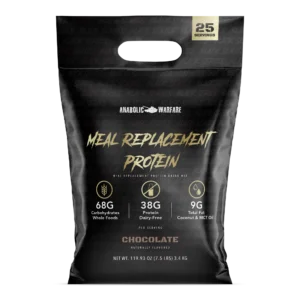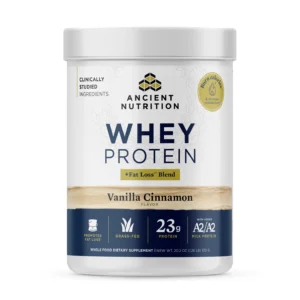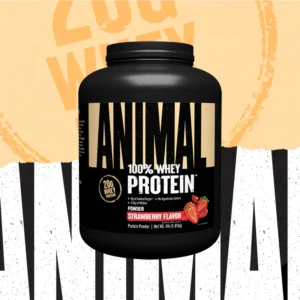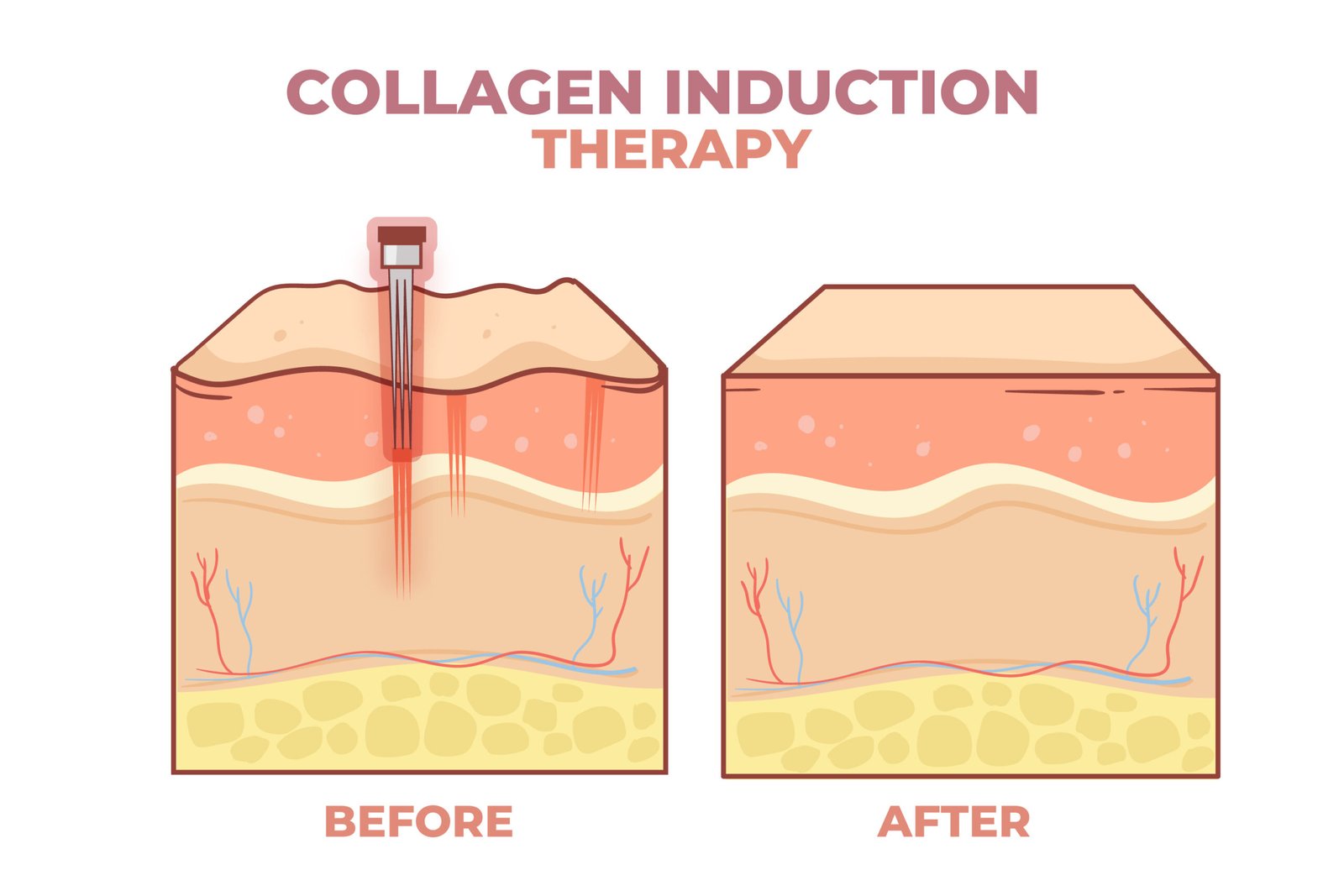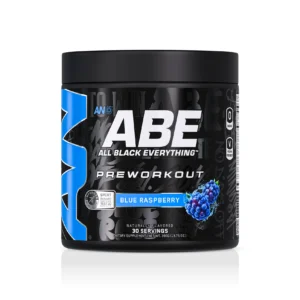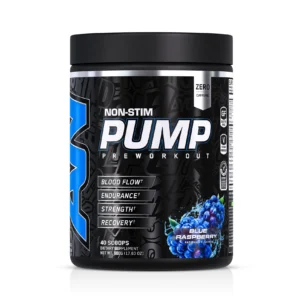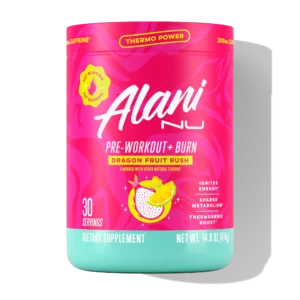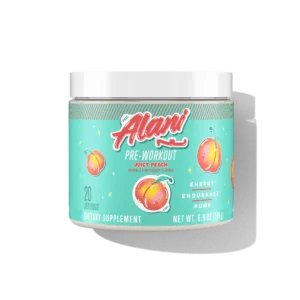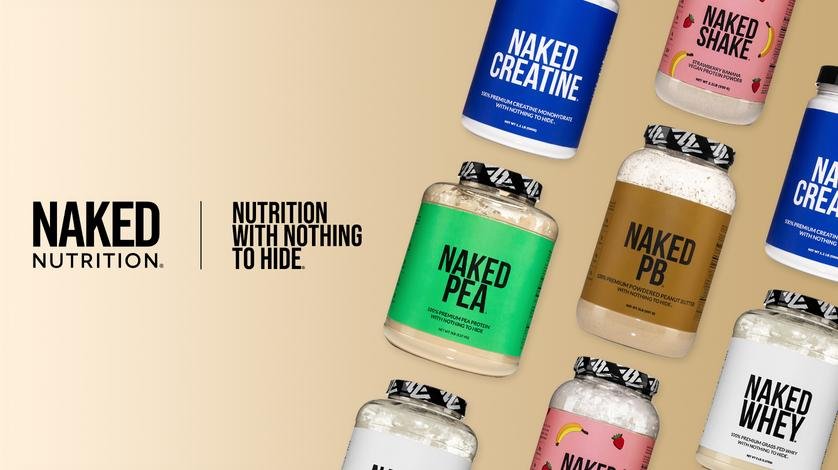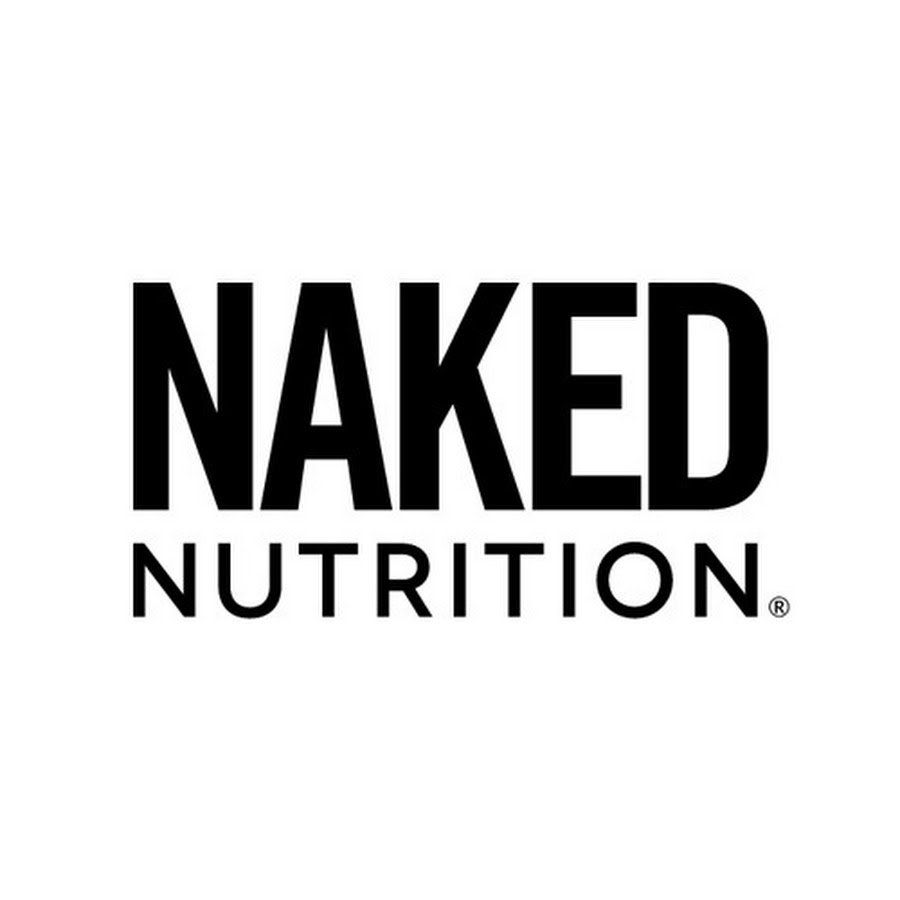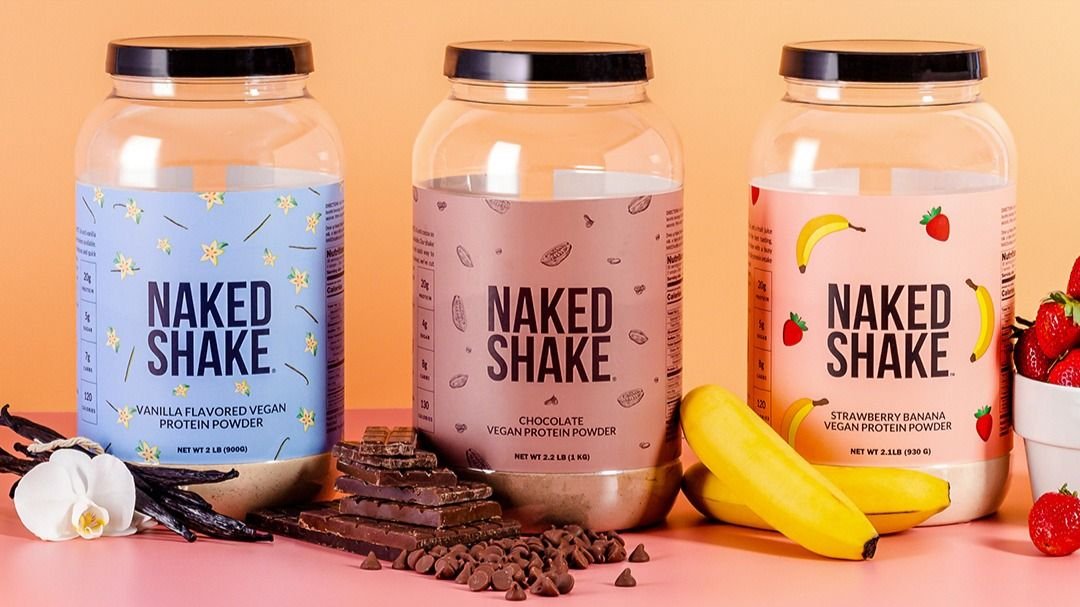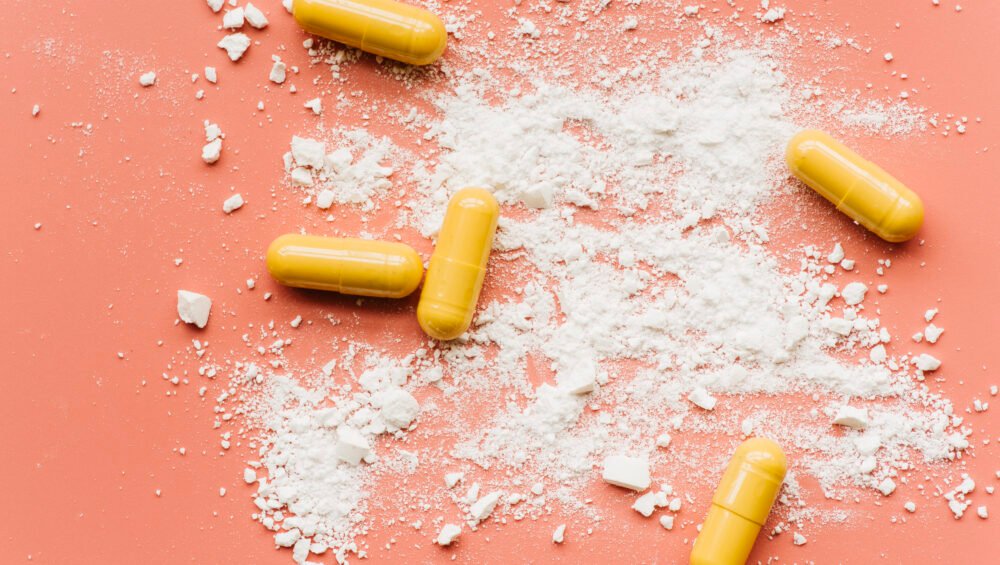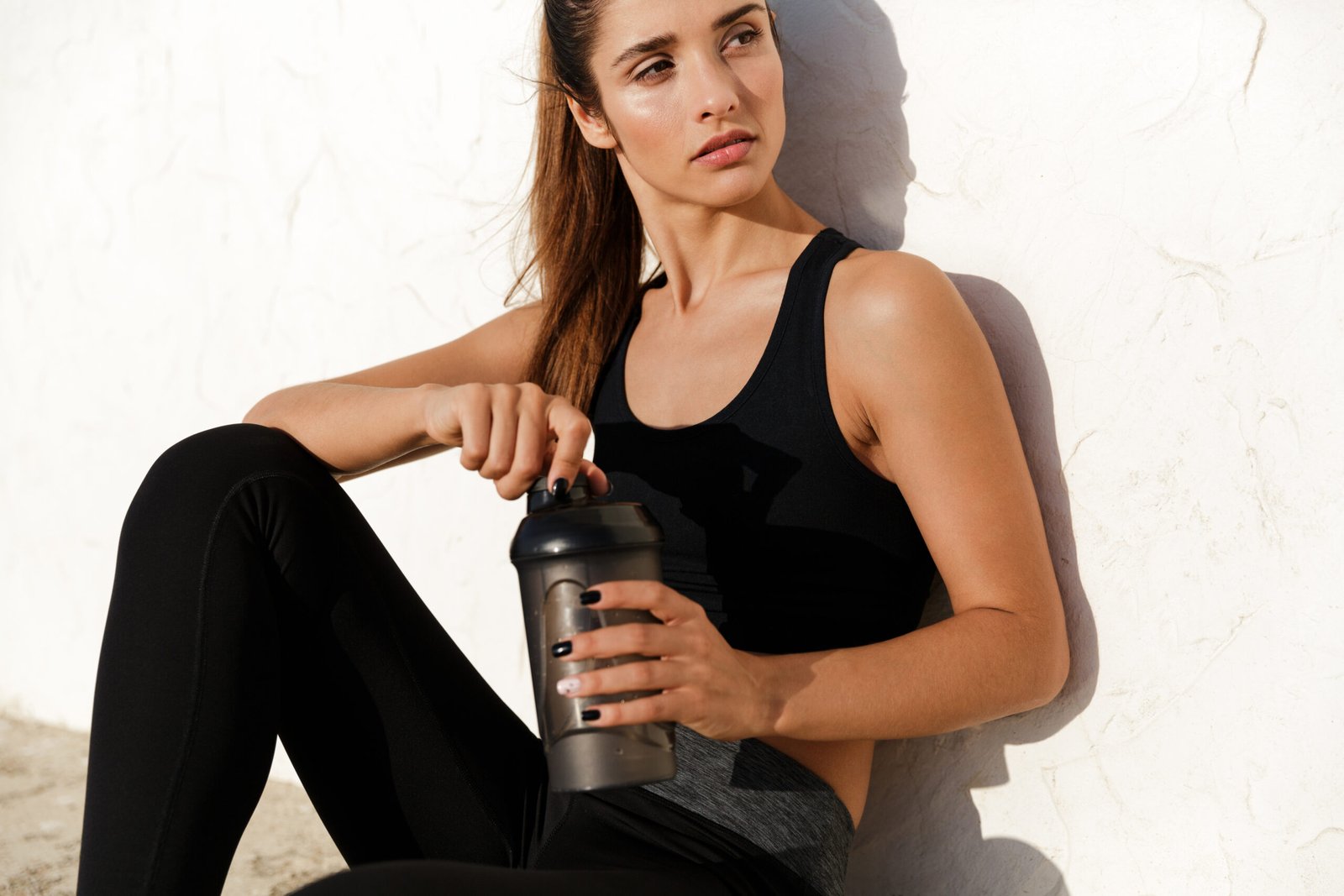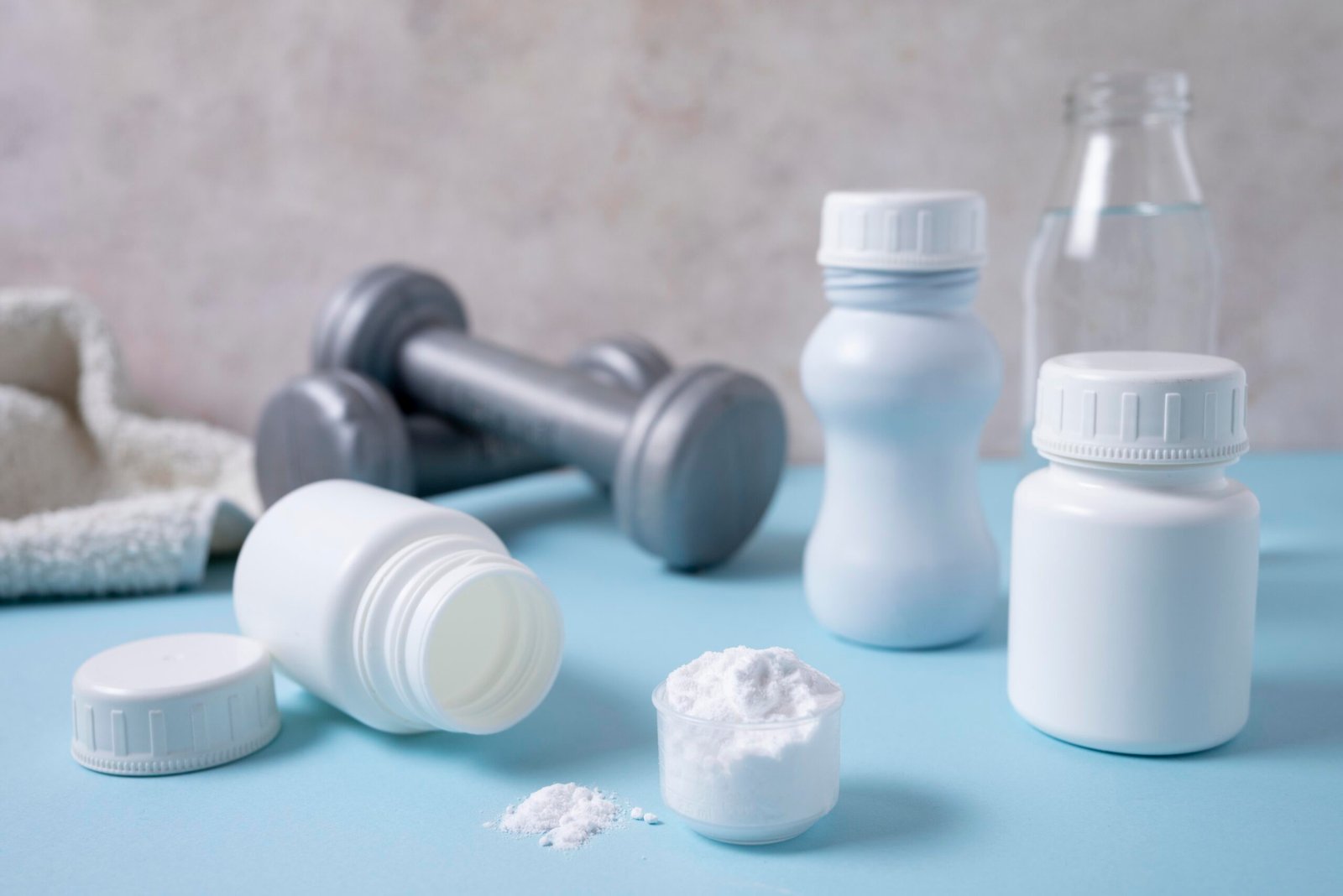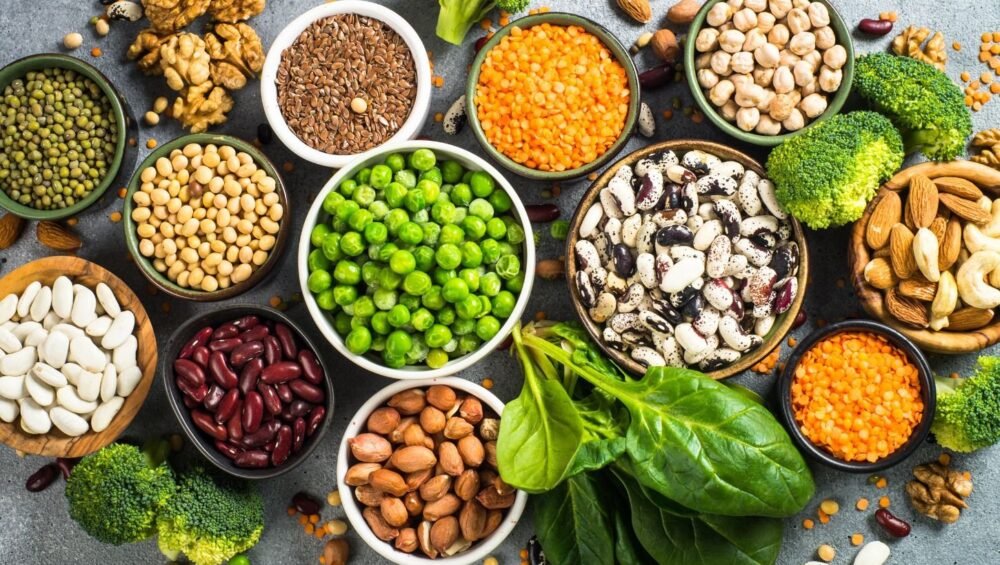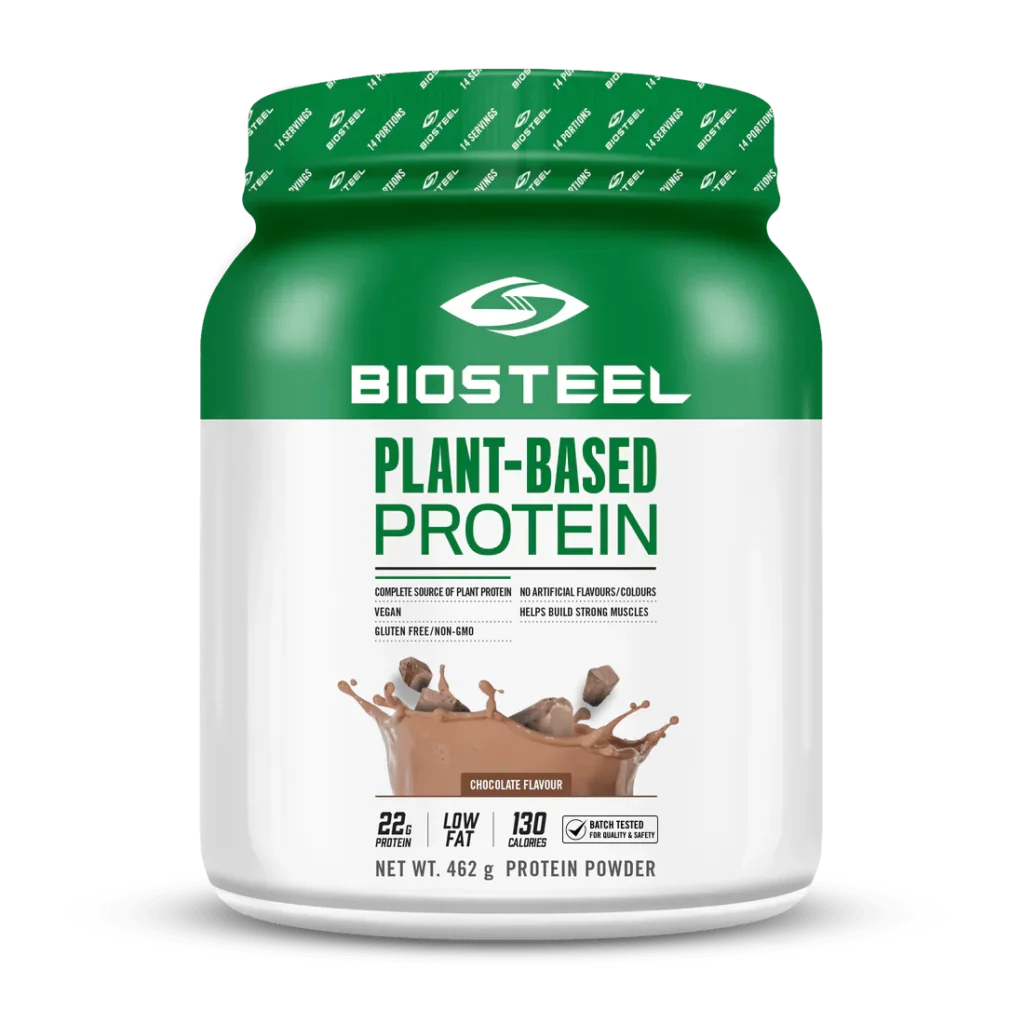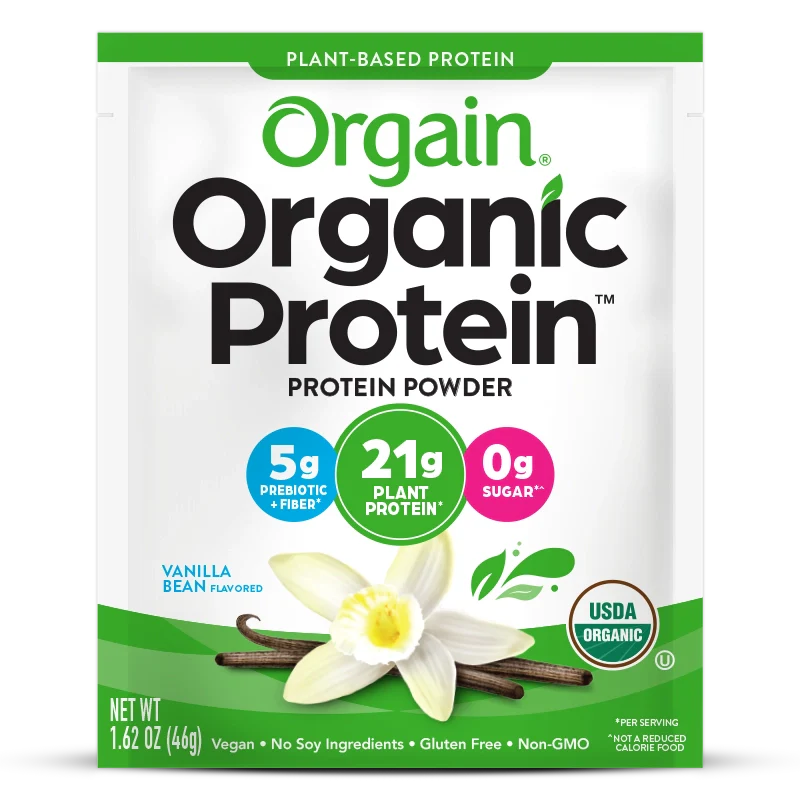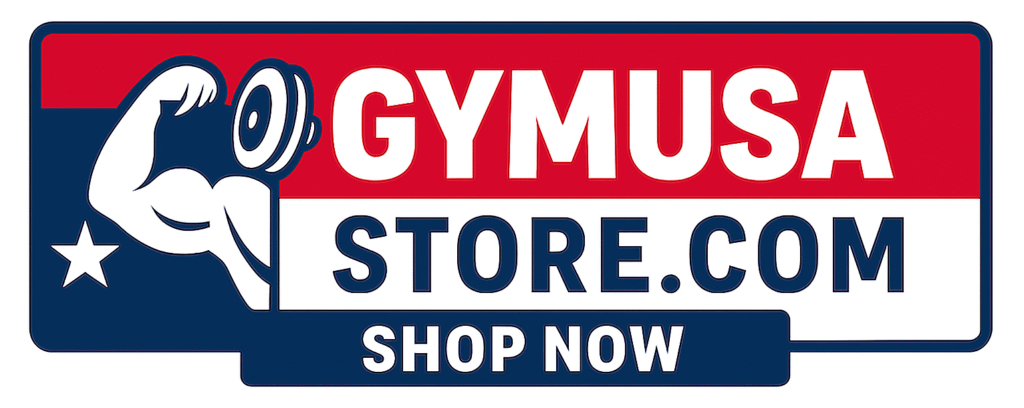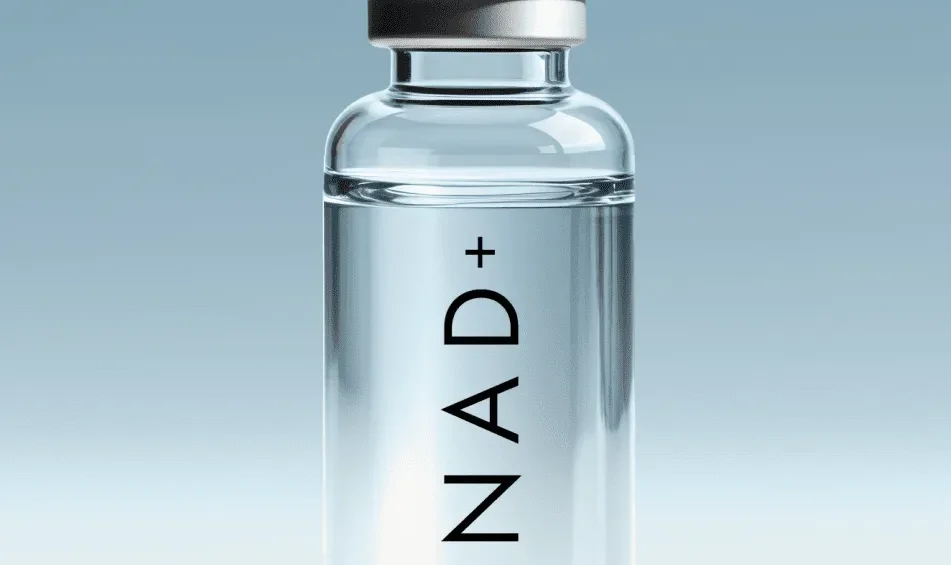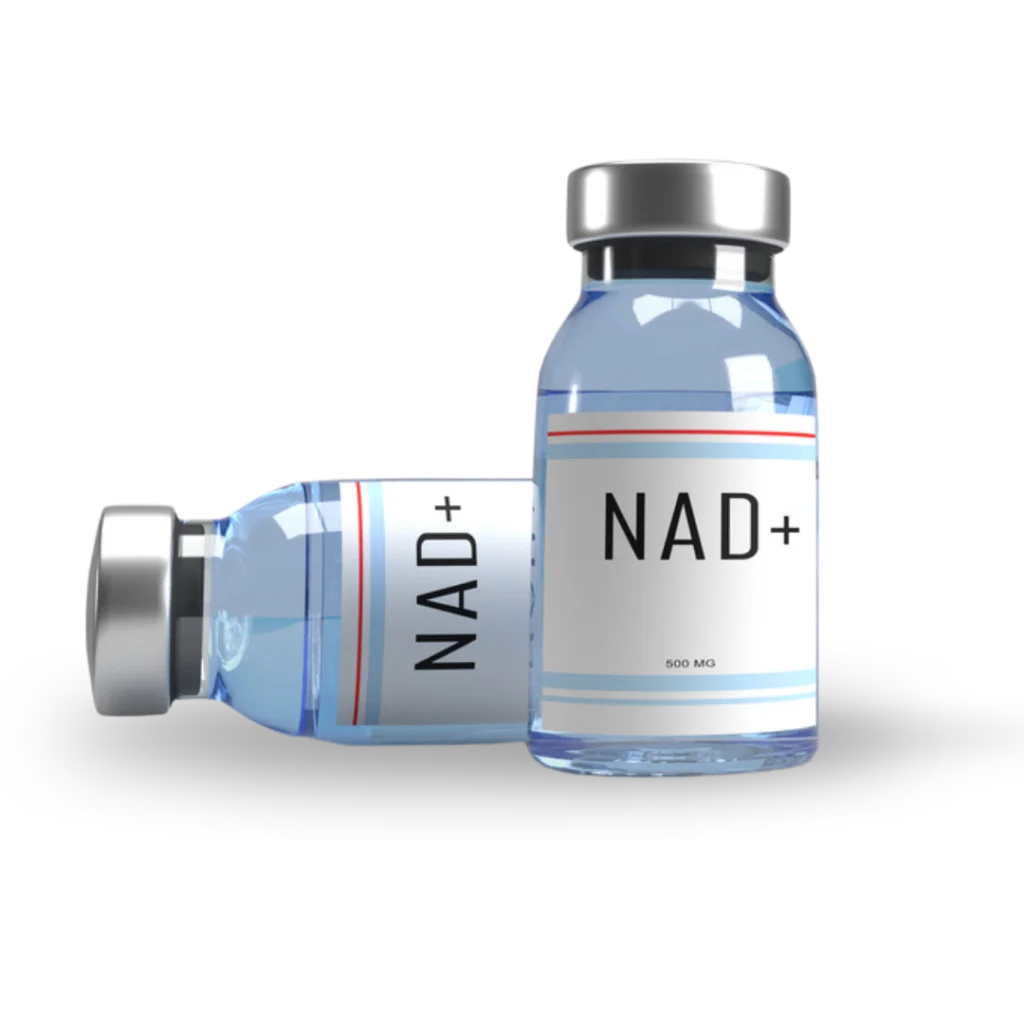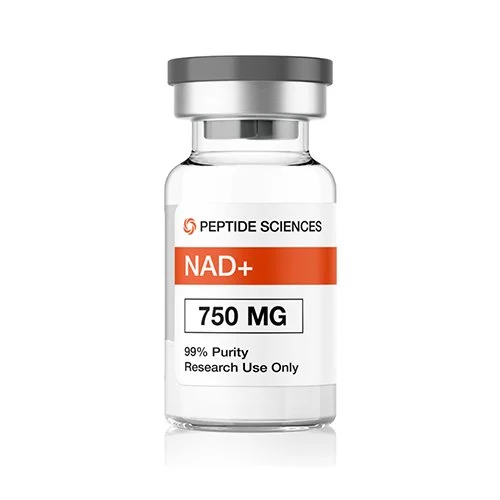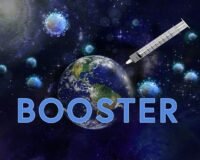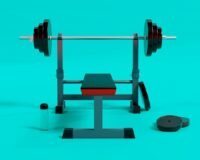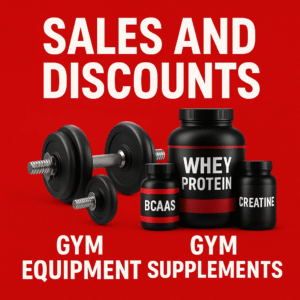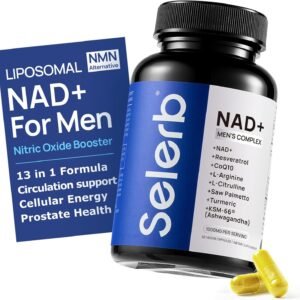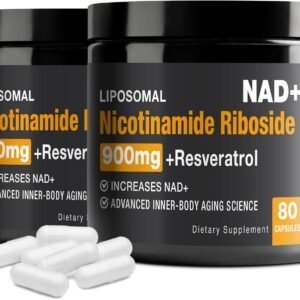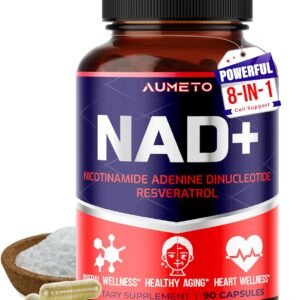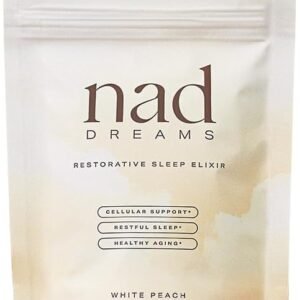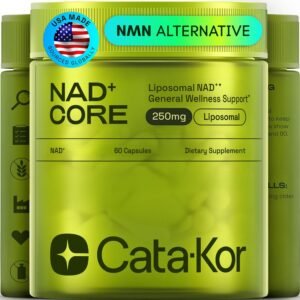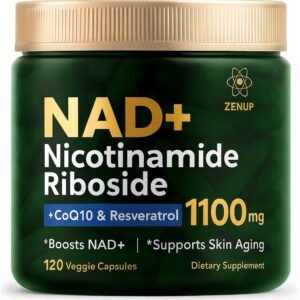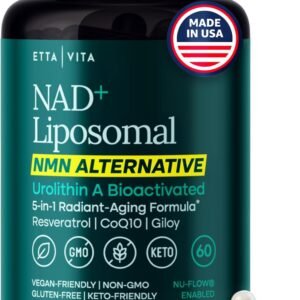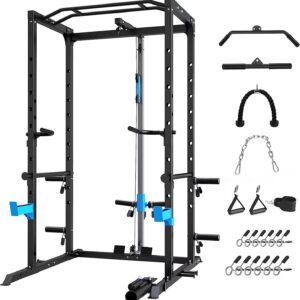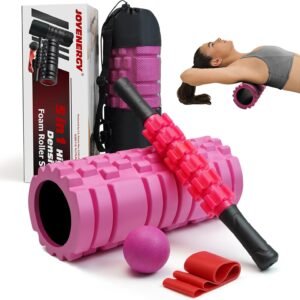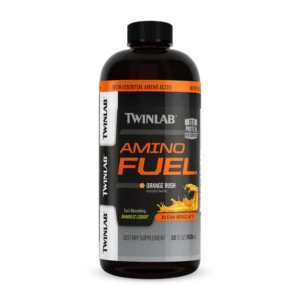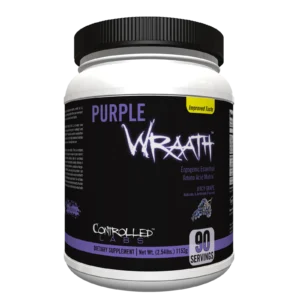Best Workouts to Lose Belly Fat: A Science-Based Guide
Best Workouts to Lose Belly Fat: A Science-Based Guide. Losing belly fat isn’t just about appearance—it’s a matter of health, longevity, and daily performance. Excess abdominal fat, especially visceral fat stored deep around your organs, significantly raises the risk of heart disease, diabetes, and metabolic dysfunction. While the internet is saturated with quick fixes and “miracle” ab routines, science paints a starkly different picture: spot reduction is largely a myth, and only a holistic approach combining specific workouts, nutritional strategies, and lifestyle habits leads to sustainable results.
This guide reveals the truth behind fat loss, breaks down the most effective workouts, explains their scientific rationale, and helps you develop a training plan that works for real people in the real world.
Understanding Belly Fat: More Than Just Aesthetic
Belly fat comes in two main forms:
- Subcutaneous Fat: The layer just beneath your skin. While less harmful, it does affect body shape.
- Visceral Fat: Stored deeper inside, surrounding your organs. This is strongly linked to increased risk for metabolic conditions, heart disease, and cancer.
The latter is the primary target for both health improvements and fat loss. Losing it is not as simple as focusing on ab exercises; it requires whole-body fat reduction driven by a blend of targeted activity, systemic energy expenditure, and a diet that supports a calorie deficit.
Treadmills for Seniors with handrails Length Safety Handrails
This Portable Walking Treadmill with Long Handrails is expertly designed for seniors, recovery users, and anyone needing extra stability. With large, supportive side handrails and a low-step deck, it offers a safe, accessible way to get cardio without compromising comfort or security.
The Science: Can You Target Belly Fat?
Despite widespread gym folklore, it’s not possible to selectively “burn” fat in a specific area with spot exercises. Studies using imaging and metabolic tracers show that while core exercises strengthen muscles, actual belly fat loss only happens when overall body fat is reduced. However, the type, sequence, and intensity of exercise can dramatically accelerate results.
Types of Workouts: What Works and Why
An optimal belly-fat-burning regimen blends aerobic (cardio) exercise, high-intensity intervals, resistance training, and, yes, core strengthening moves—but with a scientific twist.

1. Aerobic (Cardio) Exercise
How It Works: Aerobic activities—like running, swimming, cycling, brisk walking, and dancing—raise heart rate, utilize large muscle groups, and burn significant calories.
Scientific Evidence: Comprehensive reviews and meta-analyses show that performing at least 150 minutes per week of moderate-to-vigorous aerobic exercise leads to significant reductions in both body fat and waist circumference. The relationship is dose-dependent: as weekly cardio time increases (up to about 300 minutes), fat reduction continues in a linear fashion. For best results, progression (gradually increasing duration, frequency, or intensity) is crucial.
Best Cardio Workouts:
- Running (outdoor or treadmill)
- Swimming laps
- Cycling (stationary or road)
- Rowing
- Power walking
- Dance fitness (Zumba, step aerobics)
A pivotal long-term study found that postmenopausal women who did 300 minutes of aerobic activity per week lost more belly fat than those doing 150 minutes.
Check also: How to lose fat in lower part of the back for woman
2. High-Intensity Interval Training (HIIT)
How It Works: HIIT alternates short bursts of intense activity with recovery intervals. Examples include sprinting, circuit training, or bodyweight exercises like burpees and jump squats performed at all-out effort, usually for sessions lasting 15–30 minutes.
Scientific Evidence: HIIT is highly efficient for burning calories and enhancing afterburn (excess post-exercise oxygen consumption), leading to increased total energy expenditure after workouts. Studies show that HIIT can reduce both subcutaneous and visceral belly fat more effectively in some cases than equivalent moderate-intensity exercise, even when the total active time is shorter.
Popular HIIT Routines:
- Tabata: 20 seconds of all-out work, 10 seconds rest, repeated for four minutes per exercise
- Sprint intervals: 30 seconds sprint, 60 seconds walk, repeated 8–10 times
- Circuit HIIT: rotating between exercises like squat jumps, mountain climbers, pushups, and kettlebell swings
HIIT is ideal for people with time constraints or those who prefer efficient, challenging workouts that deliver results.
3. Resistance (Strength) Training
How It Works: Building lean muscle boosts resting metabolism, increasing the calories burned around the clock. Compound movements that recruit multiple muscle groups maximize caloric burn and hormonal effects favorable to fat loss.
Scientific Evidence: Regular resistance training changes body composition by increasing muscle mass and leading to long-term fat reduction. The carbon and nitrogen redistribution theory proposes that post-meal nutrients are preferentially used to repair and support growing muscles rather than replenish fat stores after intense strength sessions, further accelerating abdominal fat loss.
Essential Compound Lifts:
- Deadlifts
- Squats (front, back, goblet)
- Lunges (with or without weights)
- Bench presses or pushups
- Barbell, dumbbell, or kettlebell rows
- Overhead presses
A balanced program targeting whole-body muscle groups at least twice per week is optimal for transforming body composition and supporting metabolism.

4. Core and Abdominal Exercises
Why They Matter: While core moves won’t melt belly fat directly, developing a strong core provides key functional benefits:
- Improves posture
- Protects the spine
- Enhances performance in other workouts
- Contributes to a defined, toned appearance once body fat levels are reduced
Best Science-Based Ab Moves:
- Weighted crunches and cable crunches
- Hanging knee or leg raises
- Planks and side planks (with progressions)
- Bicycle crunches
- Reverse crunches
- Bird dogs and dead bugs
Combine traditional and anti-rotation core exercises to challenge the abdominals from every angle.
Program Design: Structuring Your Weekly Plan
Building an effective belly-fat-loss program means strategically combining the workout types described above.
Sample Week (All Levels):
| Day | Workout |
|---|---|
| Monday | Resistance Training (full body) + Short HIIT finisher |
| Tuesday | Moderate-Intensity Cardio (swimming, cycling, or brisk walk – 45 min) |
| Wednesday | HIIT (20–30 min intervals; e.g., sprints, circuits) + Core Training |
| Thursday | Resistance Training (emphasis on legs/back/glutes) |
| Friday | Moderate Intensity Cardio + Short Ab Circuit |
| Saturday | Active Recovery (yoga, stretching, walking) |
| Sunday | Optional additional cardio or recreational activity |
Key Points:
- Split strength sessions to target all muscle groups at least twice per week.
- Incorporate short HIIT workouts 1-2 times per week, not daily (to manage recovery).
- Add dedicated core work 2-3 times per week after cardio or strength.
- Adjust duration/intensity to fitness level; beginners may start with shorter or less frequent sessions.
Check also: Top Fat Burners for Weight Loss
Nutrition for Fat Loss: The Unbreakable Rule
No exercise program will work without a nutrition plan that creates a caloric deficit. This doesn’t mean starvation—it means consistent, mindful eating habits that fuel workouts, preserve muscle, and promote gradual, steady fat loss.
MERACH Rowing Machines for Home Adjustable Air Resistance Professional Indoor Rowing Machine
Train smarter, harder, and more smoothly with the MERACH NovaRow R50, a professional-grade air resistance rowing machine built for serious performance in a home setting. With 10 adjustable air resistance levels, a powerful 32-blade fan, and Bluetooth connectivity, this rower delivers gym-quality strokes without a commercial footprint.
Science-Backed Nutrition Strategies:
- Prioritize Protein: Multiple studies show higher protein intake helps suppress hunger, maintains muscle mass, and improves fat loss outcomes.
- Choose Whole Foods: Focus on vegetables, fruits, whole grains, lean meats, fish, legumes, and healthy fats (olive oil, nuts).
- Limit Added Sugars and Refined Carbs: Excess sugar and refined grains are strongly linked with increased belly fat deposition.
- Stay Hydrated: Water supports metabolism, reduces unnecessary snacking, and aids digestion.
- Time Your Meals: Evidence supports eating a protein- and carb-rich meal after resistance training to support muscle growth and minimize fat storage.
A combination of training and nutrition, supported by sleep and stress management, is the only proven approach for belly fat loss that lasts.
The Science: Fat Loss Mechanisms

Traditional fat-burning theories focused on the idea that exercise increases direct oxidation of fatty acids. However, research now emphasizes different mechanisms:
- High-Intensity Exercise: Drives greater hormonal changes, increasing output of epinephrine, which preferentially stimulates abdominal fat breakdown.
- Carbon and Nitrogen Redistribution Theory: Suggests post-meal nutrients are directed towards muscle repair and growth (after lifting or HIIT) rather than being stored as fat, especially when meals are timed near workouts.
- Progressive Overload and Consistency: Adaptive responses over time (more lean mass and a higher metabolic rate) ultimately drive body composition changes.
Myths and Realities: What Doesn’t Work
Spot Reduction: Doing thousands of crunches won’t whittle away belly fat. Fat is lost systemically. Core exercises still matter for strength and function, not direct fat loss.
Ab Gadgets and Fat Burners: There’s little-to-no independent evidence supporting “waist trainers,” ab belts, or most fat-burning supplements. Rely on science and consistency.
Fasted Cardio Superiority: Mixed evidence exits. While fasted cardio can increase fatty acid oxidation, overall fat loss is determined by total calorie deficit and training adherence rather than training on an empty stomach.
Special Populations and Considerations
Women: Hormonal factors, especially after menopause, can promote more central fat deposition. Resistance training and HIIT are especially effective for this group, helping counter lean mass loss and improve overall metabolic health.
Older Adults: Resistance and balance training reduce risk of falls and frailty as well as support healthy body composition. Lower-impact cardio (like brisk walking or swimming) is preferable for joint health.
Beginners: Consistency trumps intensity at first. Even modest amounts of walking, easy cycling, and bodyweight exercises are effective when paired with healthy eating.
Medical Conditions: Consult a qualified professional before starting new programs if you have cardiovascular, orthopedic, or metabolic diseases.
Bike Mat Compatible with Peloton Bike Elliptical Treadmill Mat 6mm Thick
Protect your floors, reduce vibration, and stabilize your workout equipment with this premium 6mm thick Bike Mat, designed to be fully compatible with Peloton bikes, ellipticals, treadmills, and all stationary fitness machines. Crafted from high-density, non-slip material, this mat creates a secure, durable foundation that enhances performance while safeguarding your home.
Frequently Asked Questions
1. Why does belly fat matter medically?
Visceral fat produces inflammatory compounds and hormones that disrupt metabolism, increasing the risk of chronic diseases such as type 2 diabetes, heart disease, and certain cancers.
2. What is the best single workout for belly fat?
There is no single “best” workout. It’s the combination of aerobic training, interval workouts, and resistance training that delivers sustainable results.
3. How much exercise weekly for noticeable results?
Aim for at least 150 minutes per week of moderate-intensity cardio, plus two or more resistance training sessions. For greater or faster results, gradually increase to 300 minutes per week.
4. Do crunches or sit-ups remove belly fat?
No. Core exercises build the abdominal muscles but do not directly reduce the overlying fat.
5. How long does it take to lose belly fat?
This varies greatly. With consistent training, proper diet, and adequate sleep, many start to see visible differences in 8–12 weeks, though health improvements begin even sooner.
6. What role does diet play compared to exercise?
Diet is crucial—a calorie deficit is required for fat loss. Exercise helps preserve muscle, elevate caloric burn, and improve adherence and wellbeing.
7. Is cardio or weights more effective?
Both work best together: cardio is excellent for burning calories; weights preserve and build muscle, accelerate metabolism, and improve shape.
8. What’s the latest scientific advance in burning belly fat?
Recent research emphasizes the role of high-intensity exercise, nutrient timing around workouts (especially for protein and carbs), and individualized programming based on personal metabolism and goals.
Hydrow Wave Rowing Machine with 16″ HD Touchscreen and Speakers
The Hydrow Wave Rowing Machine is an ultra-compact, connected fitness rower engineered for space-conscious users who still want a high-quality, immersive workout experience. With its 16″ Full HD touchscreen and front-facing speakers, it brings live and on-demand on-the-water rowing classes, strength training, yoga, and more right into your home.
Your Action Plan
- Adopt a combined approach: Prioritize aerobic activity, add HIIT 1–2 times per week, regularly challenge yourself with resistance training, and include core strengthening.
- Eat mindfully: Build meals around protein and whole foods, reduce processed sugar, and hydrate throughout the day.
- Commit to consistency and progression: Results come from sustainable habits—not quick fixes or spot solutions.
- Prioritize recovery: Sleep, stress management, and smart pacing allow for optimal fat loss and muscle gain.
Belly fat loss is achievable for anyone with the right blend of movement, nutrition, and lifestyle priorities. Every step toward improvement—no matter how small—builds health, energy, and confidence for the long term.
This comprehensive, research-driven guide is designed to place your site among the top results for anyone searching for the best workouts to lose belly fat, delivering lasting value, credibility, and actionable steps to all readers.
